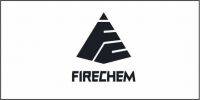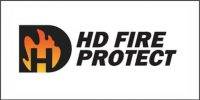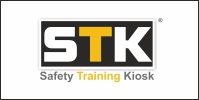 This topic allows for an in-depth exploration of various aspects, including the identification of risks, prioritization, intervention strategies, personnel training, and the role of teamwork in maintaining a safe firefighting environment. It also provides an opportunity to discuss challenges faced in implementing risk management plans and highlight best practices for continuous improvement.
This topic allows for an in-depth exploration of various aspects, including the identification of risks, prioritization, intervention strategies, personnel training, and the role of teamwork in maintaining a safe firefighting environment. It also provides an opportunity to discuss challenges faced in implementing risk management plans and highlight best practices for continuous improvement.
- Identify Existing Risk Factors:
- Risk Assessment: Conduct a thorough assessment of potential risks within the fire department’s operations.
- Data Analysis: Utilize historical data, incident reports, and relevant statistics to identify trends and patterns.
- Analyze & Prioritize Them:
- Risk Analysis: Evaluate identified risks based on severity, frequency, and potential impact.
- Prioritization: Determine which risks pose the highest threat and prioritize them for intervention.
- Determine Interventions And Controls:
 Risk Mitigation Strategies: Develop interventions and controls to address identified risks.
Risk Mitigation Strategies: Develop interventions and controls to address identified risks.
- Engineering Controls: Implement physical changes or modifications to reduce hazards.
- Administrative Controls: Establish policies, procedures, and guidelines to manage risks.
- Personal Protective Equipment (PPE): Ensure proper selection and use of PPE to minimize exposure.
- Train Personnel And Implement Controls:
- Training Programs: Develop comprehensive training programs to educate personnel on identified risks and risk management measures.
- Skills Enhancement: Ensure that firefighters possess the necessary skills to implement controls effectively.
- Simulation Exercises: Conduct realistic simulations to allow personnel to practice responding to potential hazards.
- Monitor And Manage The System:
- Continuous Monitoring: Regularly assess the effectiveness of implemented controls.
- Feedback Mechanism: Establish a feedback loop for personnel to report concerns and suggest improvements.
- Continuous Improvement: Use feedback and monitoring data to make continuous improvements to the risk management system.
The Best Effort Is A Team Effort:
- Collaboration: Foster a culture of collaboration and communication within the fire department.
- Clear Communication: Clearly communicate risk management policies, procedures, and expectations.
- Inclusivity: Involve personnel in decision-making processes to make them feel heard and invested in the risk management efforts.
People in Critical Roles:
- Specialized Training: Provide specialized training for personnel in critical roles, emphasizing their specific responsibilities in risk management.
- Continuous Education: Keep personnel updated on the latest risk management practices and standards.
New Personnel Training:
- Onboarding Programs: Implement thorough onboarding programs to familiarize new personnel with the department’s risk management plan.
- Mentorship: Pair new personnel with experienced colleagues for mentorship and practical guidance.
In summary, your outlined steps provide a structured and systematic approach to fire department risk management.
Emphasizing training, continuous monitoring, feedback, and a team-oriented approach are key components for successful risk management in the firefighting context.























































